In the tropical landscapes of the Americas, a bird of vibrant hues and melodious tunes takes center stage—the Blue-gray Tanager (Thraupis episcopus). With its captivating blue and gray plumage, charming behaviors, and melodious songs, this tanager species has earned the admiration of birdwatchers and nature enthusiasts worldwide. In this article, we explore the enchanting world of the Blue-gray Tanager, delving into its appearance, behaviors, habitat, and the role it plays in the intricate tapestry of avian diversity.
Blue-gray Tanager images
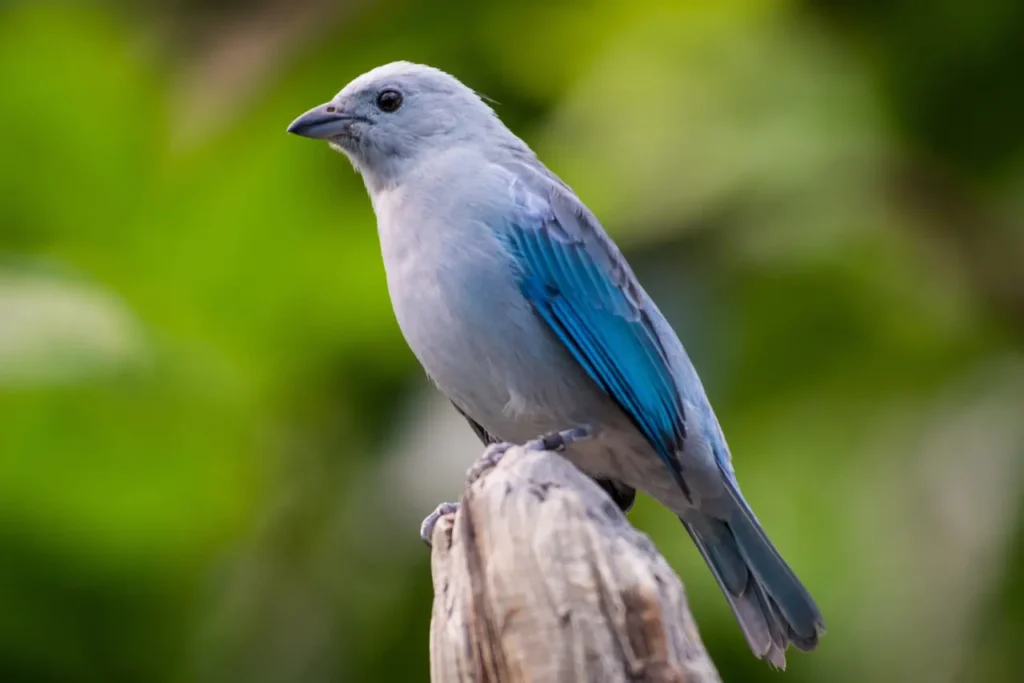
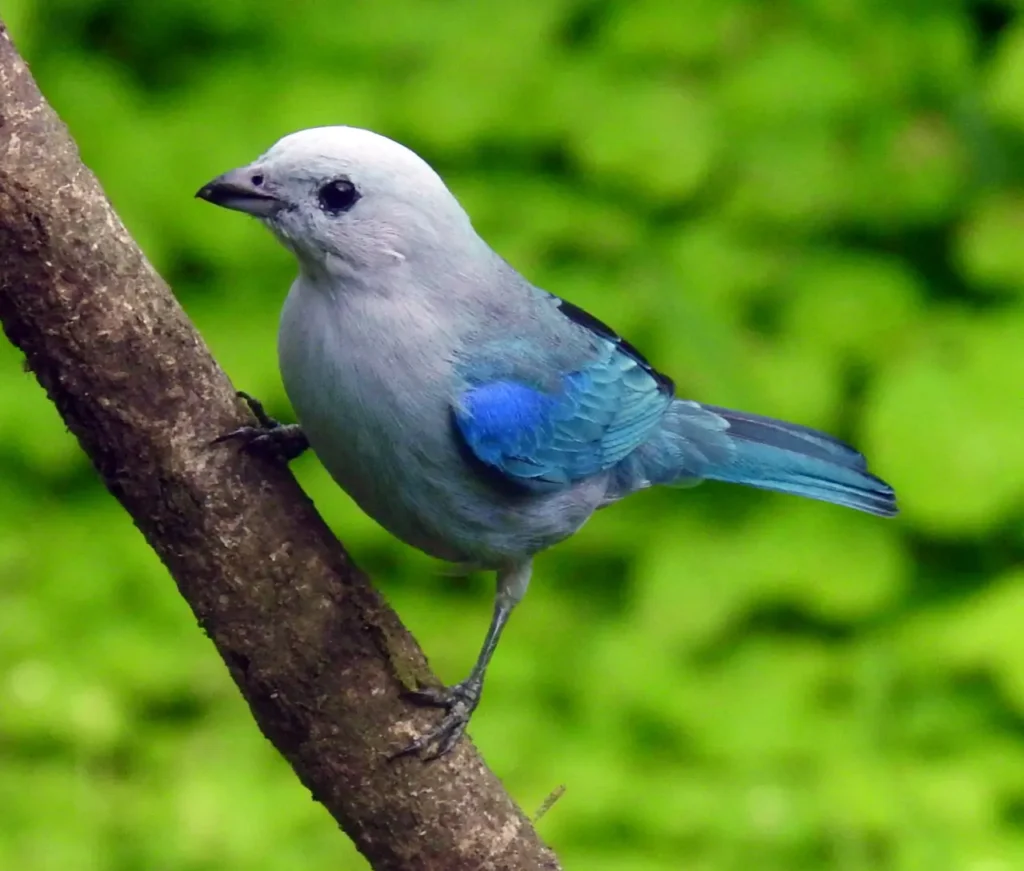
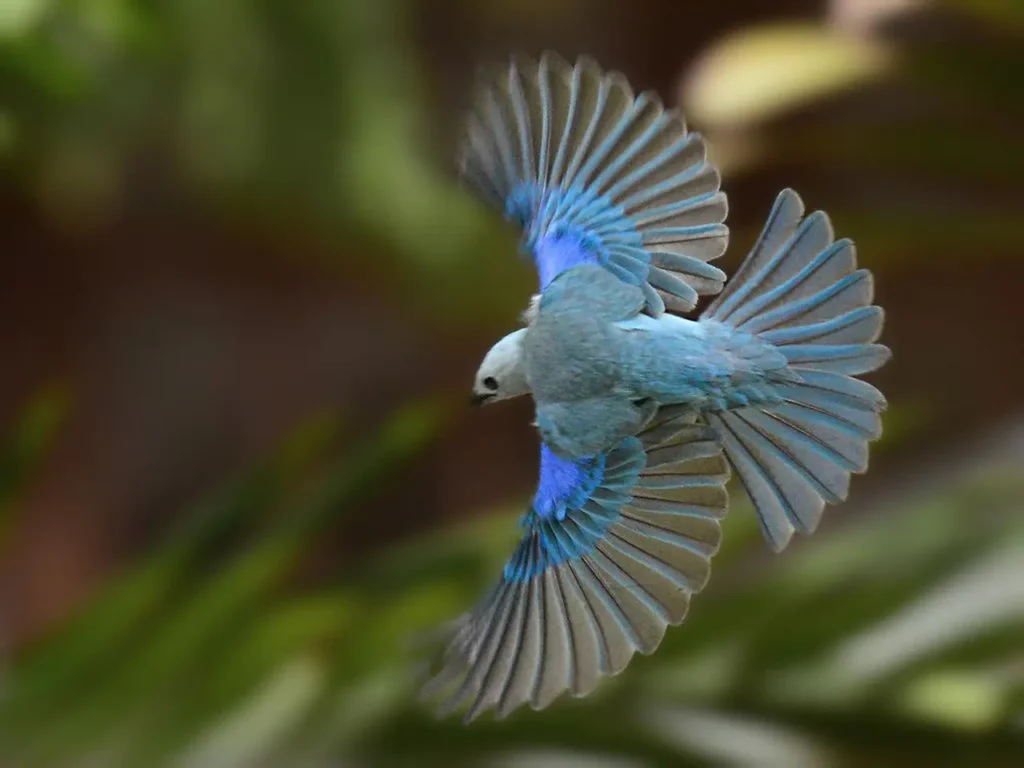
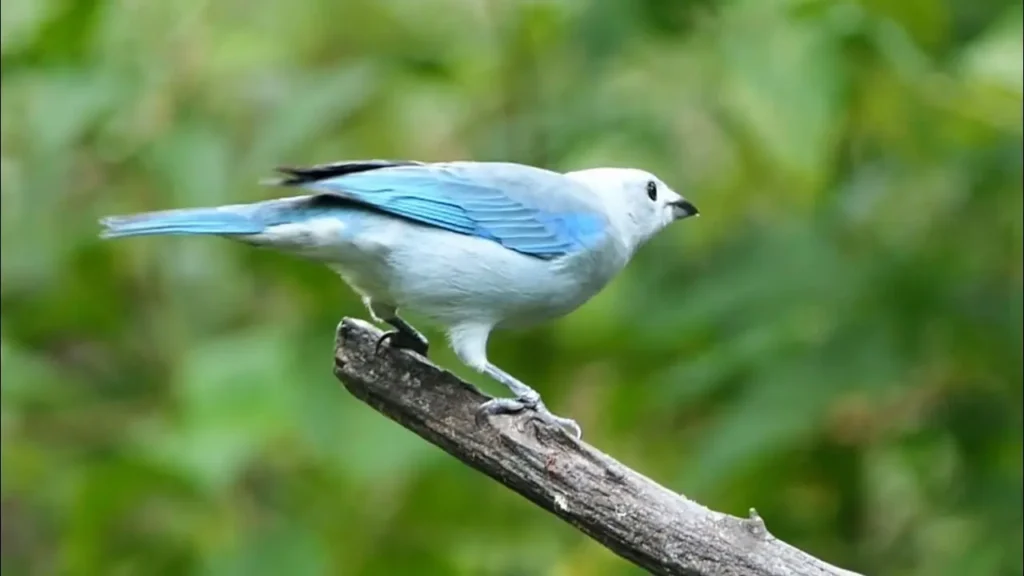
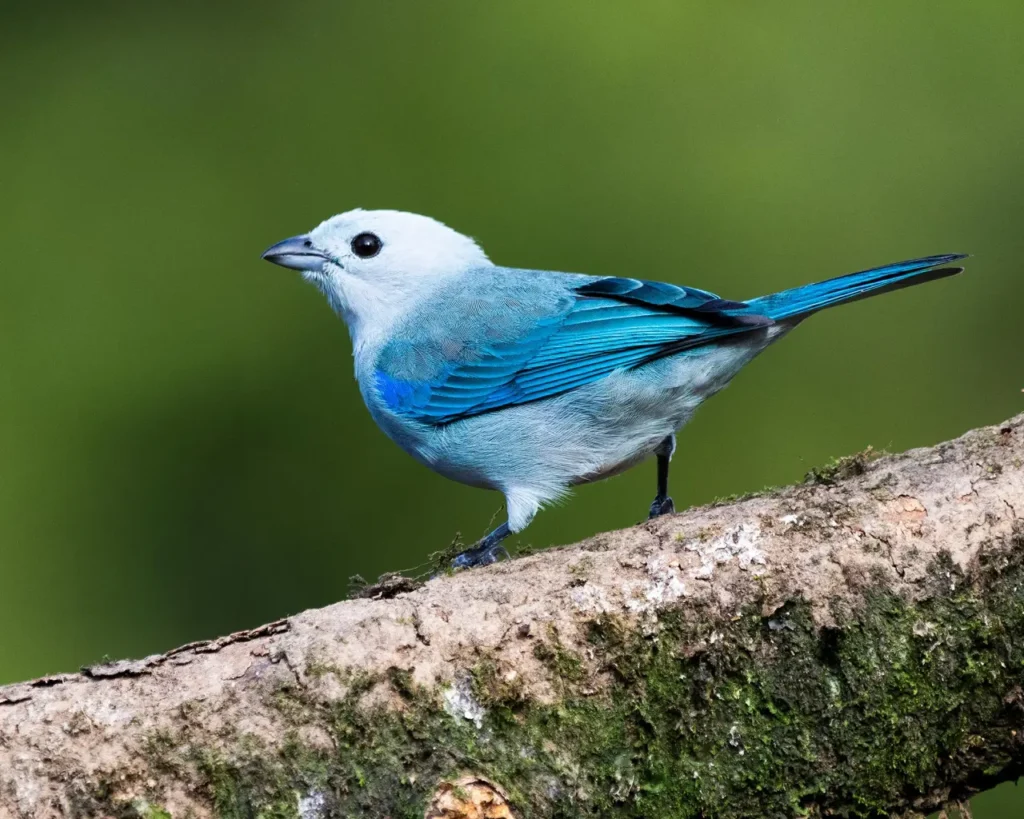
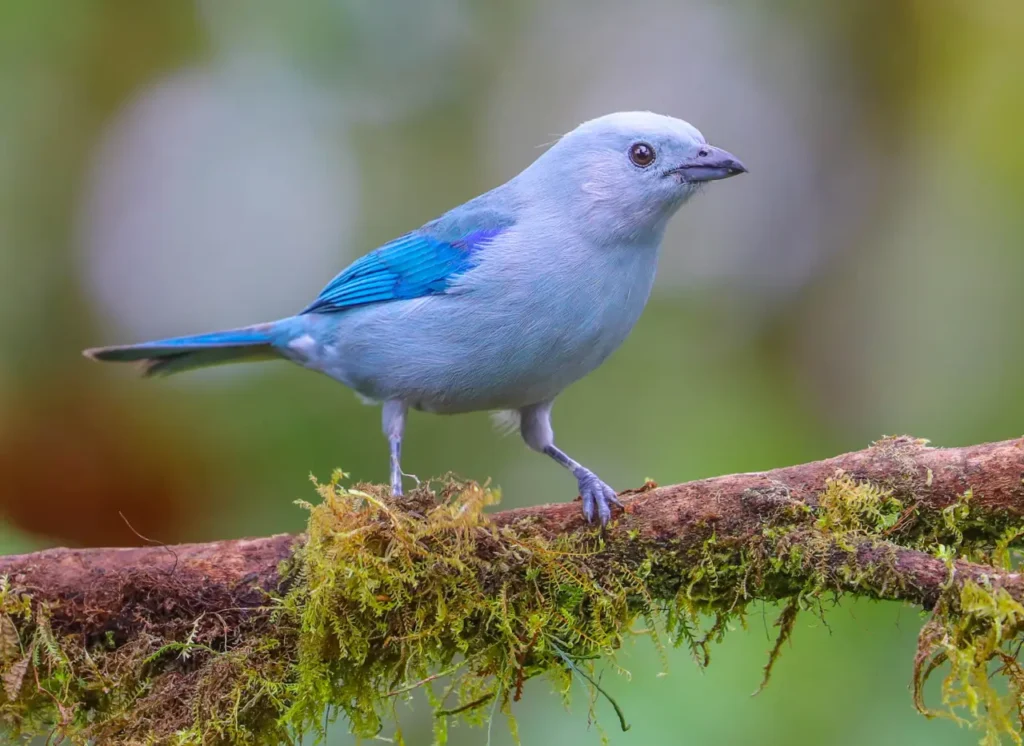
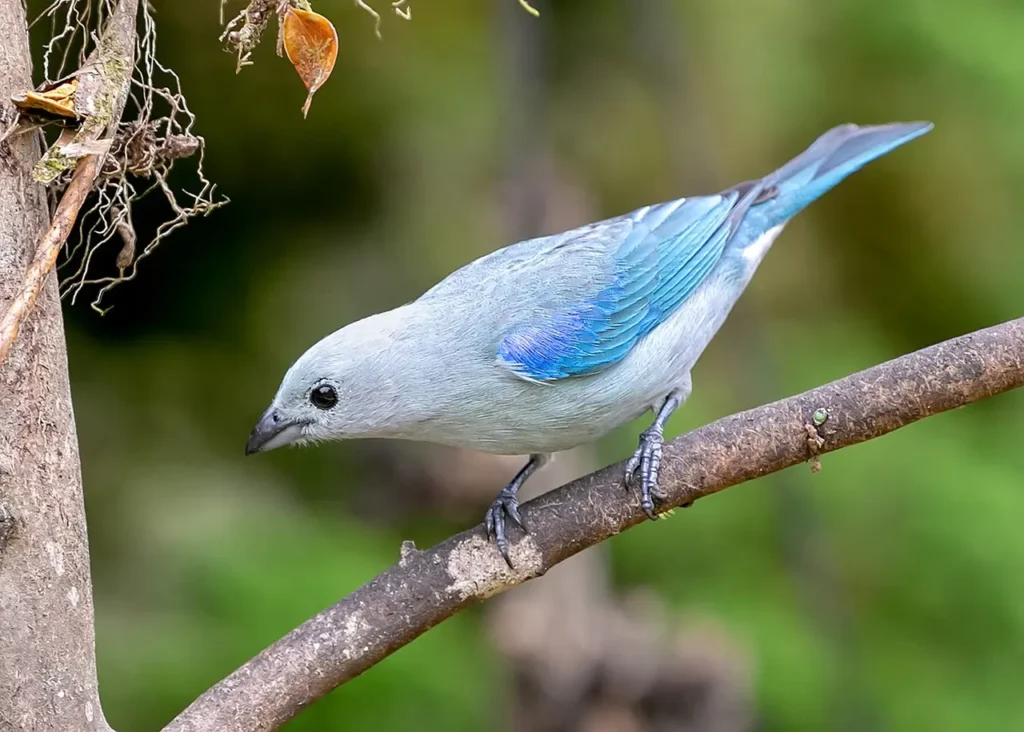
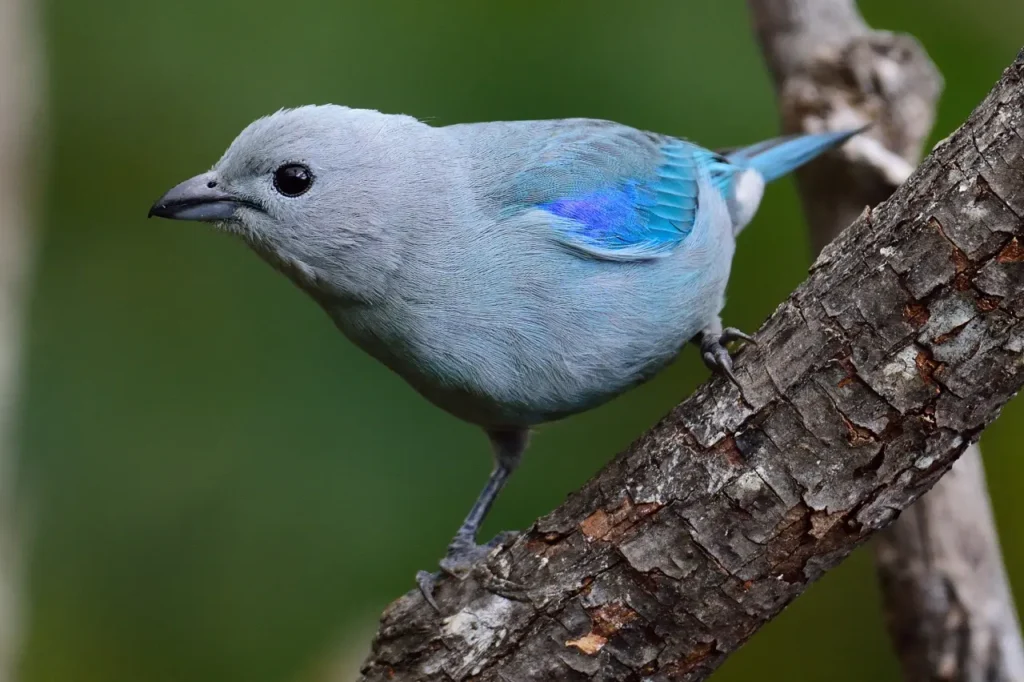
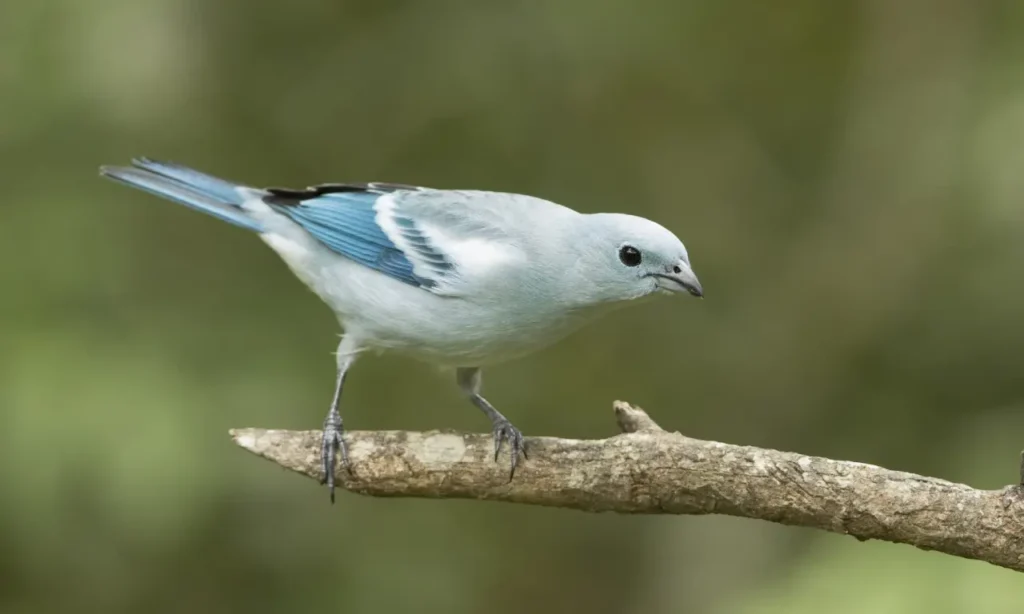
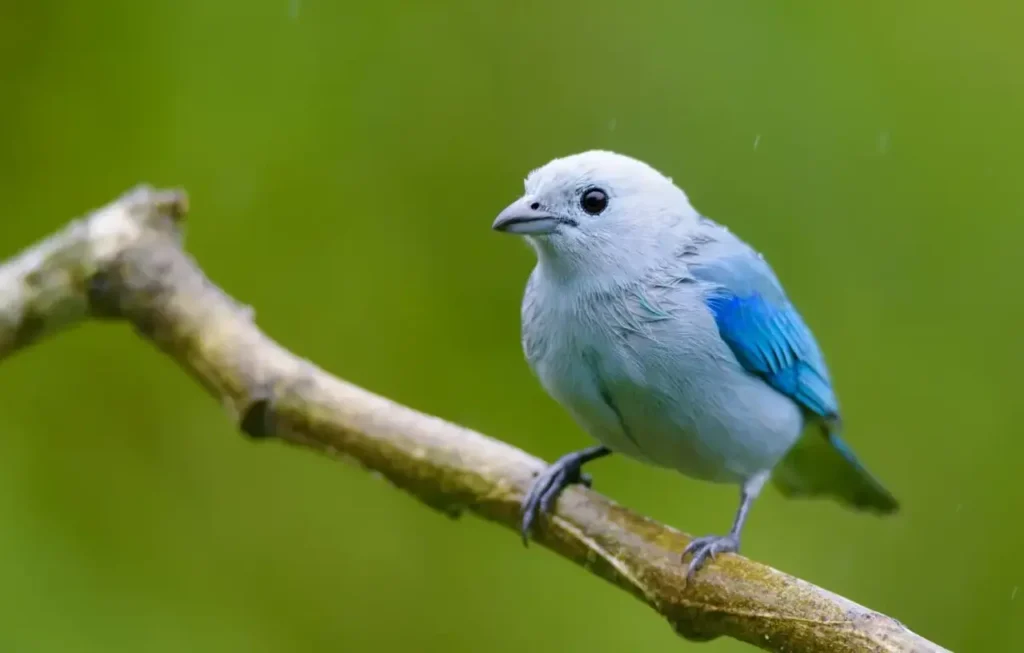
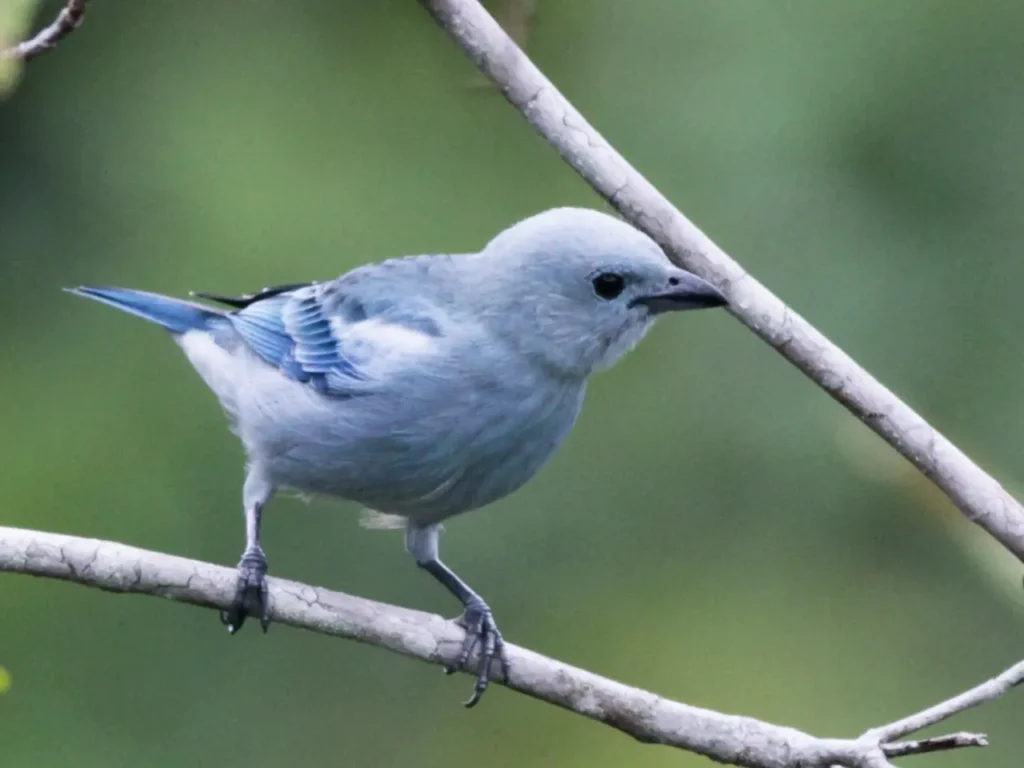
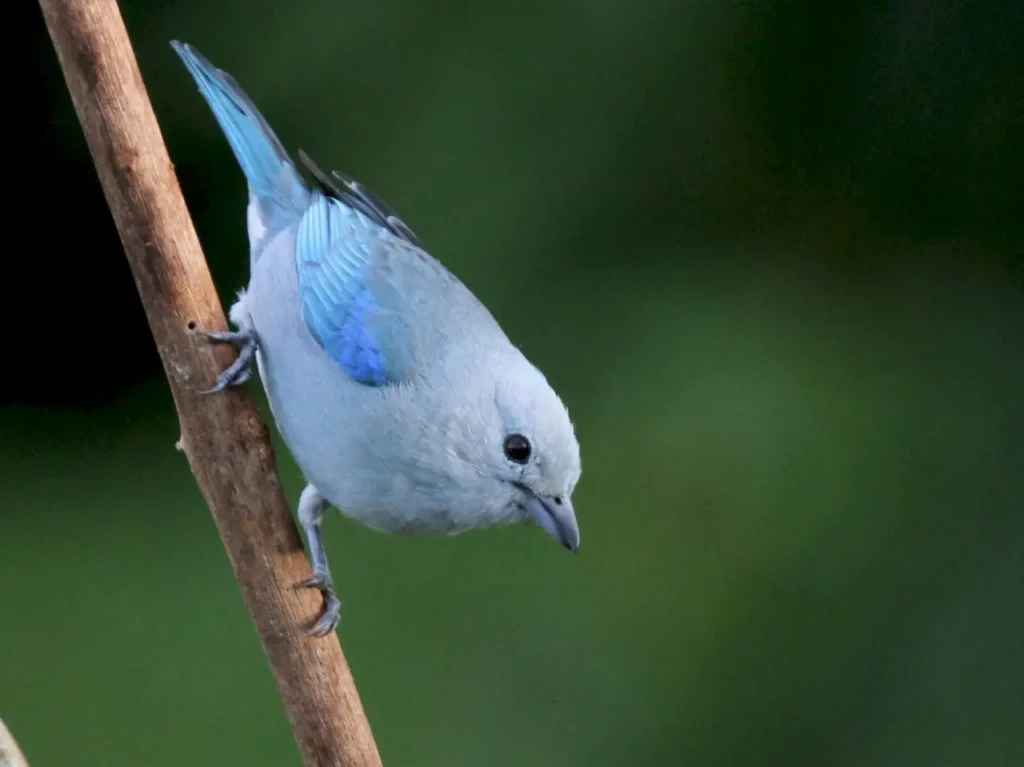
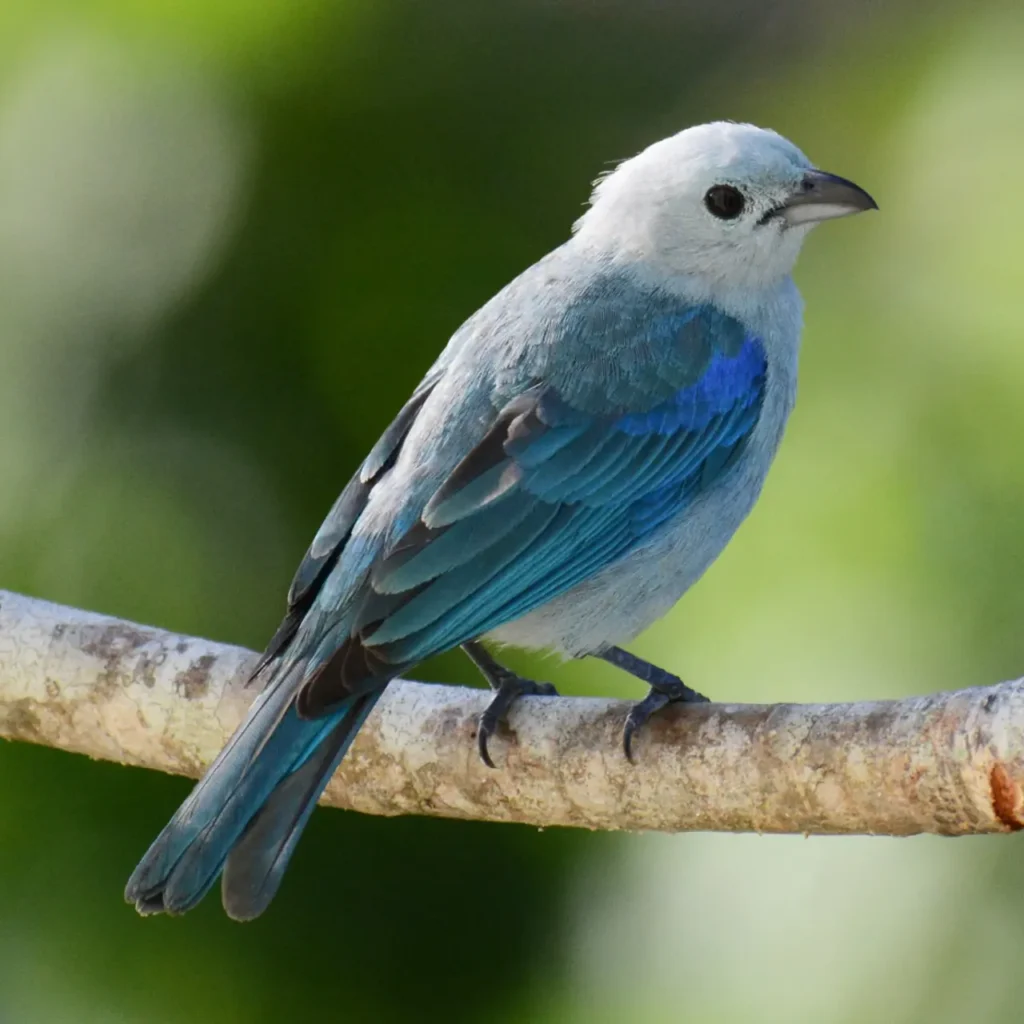
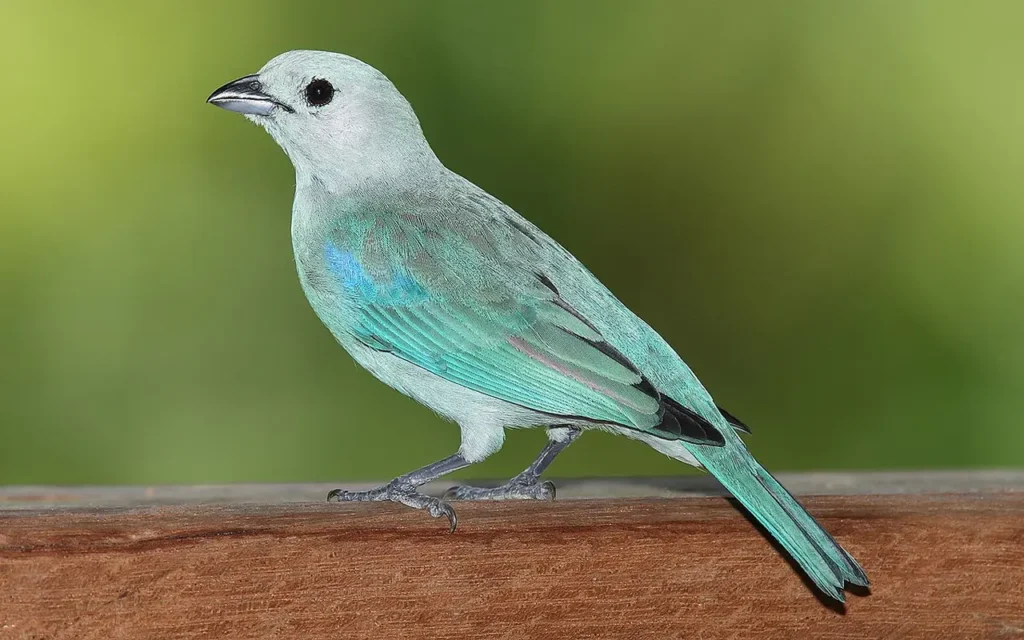
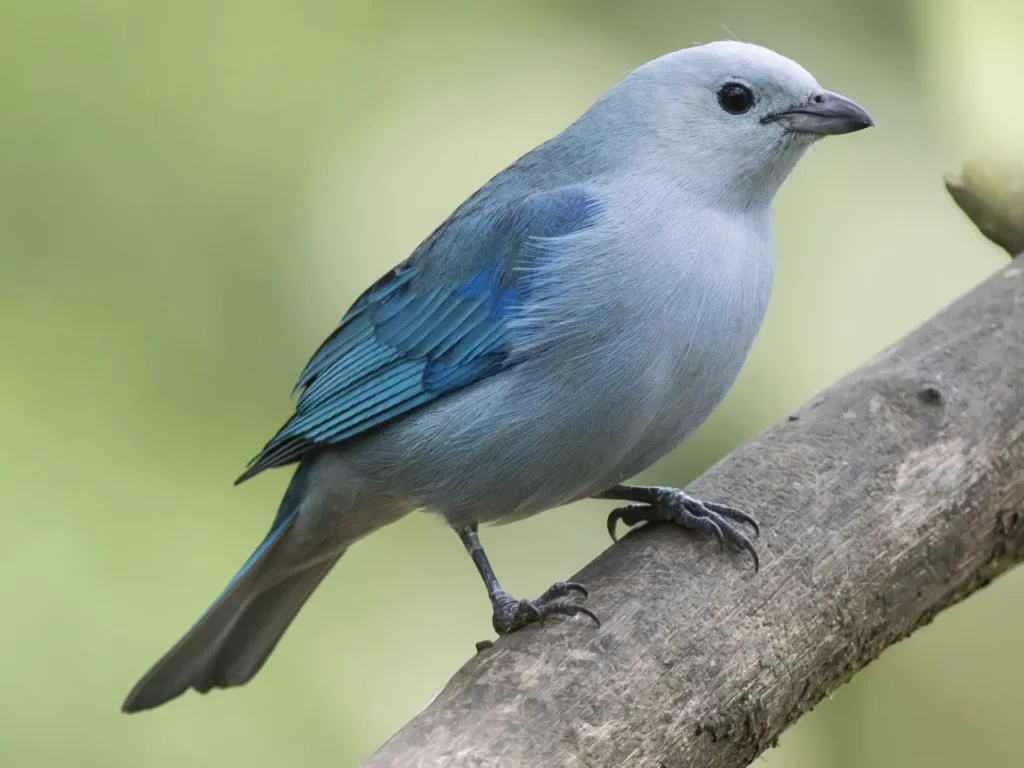
Appearance and Plumage
The Blue-gray Tanager is a visual delight, boasting a striking combination of blue and gray in its plumage. Its head and upper body are adorned with shades of blue, while the lower parts are a soft gray. This coloration creates an elegant contrast that adds to its allure. The tanager’s relatively small size and compact build make it a graceful presence among the foliage.
Behavior and Social Dynamics
One of the endearing qualities of the Blue-gray Tanager is its sociable nature. These birds are often found in small flocks that move through the treetops with agility and coordination. Their lively interactions and vocalizations create an engaging spectacle as they forage for food and communicate with each other.
These tanagers have a wide repertoire of vocalizations, from high-pitched calls to melodious songs. Their songs often consist of a series of whistles and trills that contribute to the vibrant soundscape of their habitats.
Habitat and Range
The Blue-gray Tanager is native to a range of habitats across the Americas, including tropical and subtropical forests, woodlands, and gardens. They are found from southern Mexico through Central America and into parts of South America. These tanagers are remarkably adaptable, thriving in both lowland and montane environments.
Diet and Foraging
The diet of the Blue-gray Tanager is diverse and includes a mix of fruits, insects, and nectar. Their versatile feeding habits play an important role in ecosystem balance, as they contribute to pollination by consuming nectar and spreading pollen from flower to flower.
Conservation and Significance
The Blue-gray Tanager holds ecological importance as a pollinator and seed disperser, contributing to the health of the forests it inhabits. However, like many species, it faces threats such as habitat loss due to deforestation and urbanization. Conservation efforts aimed at protecting its natural habitats are crucial for its survival and the preservation of its role in maintaining healthy ecosystems.
The Blue-gray Tanager’s vibrant plumage, social interactions, and melodious songs create a symphony of nature that enriches the landscapes it inhabits. As we marvel at its beauty and celebrate its role in the natural world, we are reminded of the delicate balance of life that exists within the treetops and undergrowth of tropical forests. By supporting conservation efforts and appreciating the enchanting presence of the Blue-gray Tanager, we ensure that its captivating melodies continue to resonate in the vibrant tapestry of avian life.







